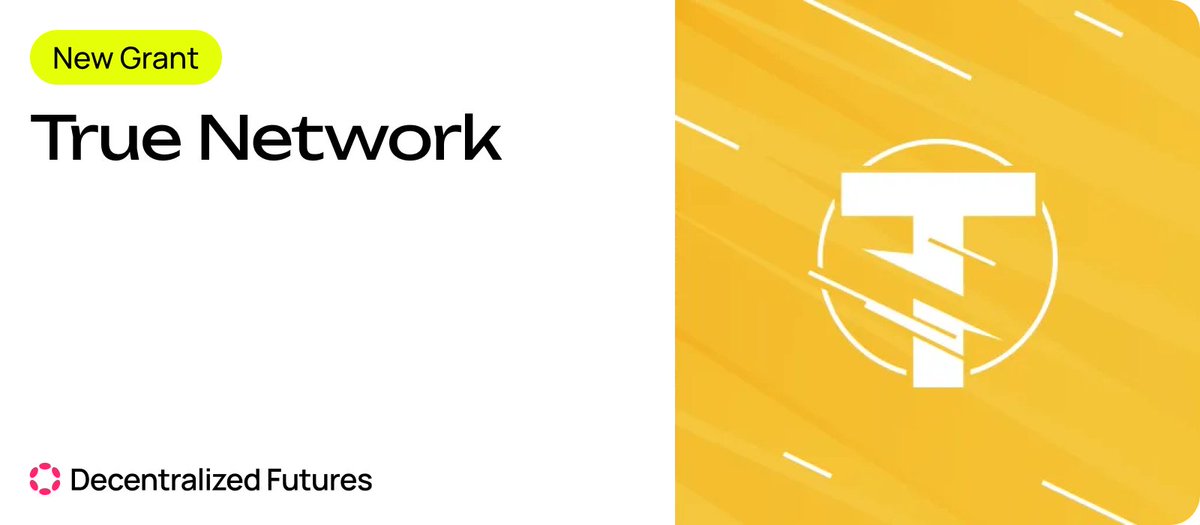-
Gözden kaçırmayın
 2024 Uluslararası Vergi Rekabetçiliği Endeksi Açıklandı
2024 Uluslararası Vergi Rekabetçiliği Endeksi AçıklandıBlockchain technology operates on a trustless network, meaning that participants do not need to rely on a central authority or entity to verify transactions. However, building and maintaining trust within a community in such an environment can be challenging. One effective solution is the implementation of an on-chain reputation system. What is an On-Chain Reputation System? An on-chain reputation system is a decentralized mechanism that collects, stores, and utilizes feedback from users to assess the credibility and reliability of participants in the network. By leveraging smart contracts and blockchain’s immutability, these systems can create a transparent and tamper-proof record of user interactions and their associated reputations. How Does It Work? 1. Data Collection: Participants in the network can provide feedback on their experiences with other users. This could include ratings, reviews, or reports of transactions. 2. Reputation Scoring: The collected data is analyzed to calculate a reputation score for each user. This score reflects their behavior, reliability, and trustworthiness within the community. 3. Transparency and Accessibility: Since the reputation data is stored on a public blockchain, it is accessible to all participants. This transparency helps users make informed decisions when interacting with others. 4. Incentives for Good Behavior: By tying the reputation score to rewards or certain privileges within the network, users are motivated to maintain good conduct and enhance their reputation. 5. Dispute Resolution: A robust on-chain reputation system may also include mechanisms for dispute resolution, allowing users to contest or validate information related to their reputation. Why is it Important? In a trustless environment, traditional forms of trust do not exist. An on-chain reputation system fosters a sense of community and encourages collaboration among participants. It enables users to engage with greater confidence, knowing that their interactions are backed by verifiable reputational history. Conclusion Building trust in a trustless network requires innovative solutions like on-chain reputation systems. Such systems enable communities to thrive by ensuring users can assess and rely on one another’s credibility, ultimately enhancing the overall user experience and promoting positive interactions.












Yorumlar
Yorum Yap